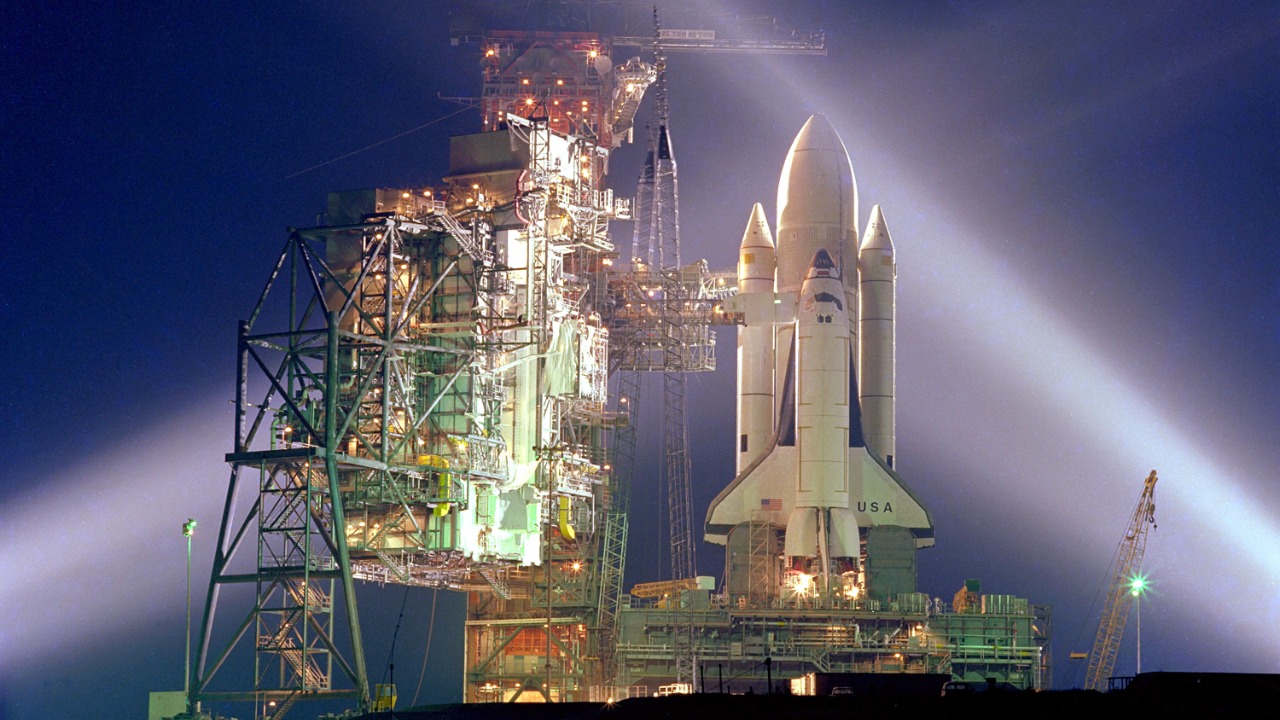
Space exploration has always been a costly endeavor, with missions requiring vast resources, cutting-edge technology, and years of research and development. The National Aeronautics and Space Administration (NASA) has been at the forefront of these efforts, launching some of the most ambitious and expensive missions in history. Here, we delve into five of the most expensive NASA space missions, shedding light on the immense investment required to push the boundaries of human knowledge and exploration.
1. International Space Station
The International Space Station (ISS) stands as one of the most significant and costly projects in the history of space exploration. With cumulative costs exceeding $150 billion across assembly and operations, the ISS represents a substantial ongoing investment by NASA in orbital infrastructure. The station’s cost to NASA alone has been about $3 billion annually in recent years, accounting for roughly a third of NASA’s human spaceflight budget. While the ISS is an international collaboration, NASA has been the primary funder, leading the project through 2025.
2. Space Shuttle Program
The Space Shuttle Program, which ran from 1972 to 2011, is another high-cost venture by NASA. The program’s total expenditure surpassed $200 billion, covering development, operations, and accident recoveries. Key disasters, such as the Challenger incident, added millions to the overall cost due to investigation and redesign efforts. Despite these setbacks, the program successfully launched a fleet of orbiters, including Atlantis and Discovery, for 135 missions.
3. Apollo Program
The Apollo Program, which enabled humans to land on the Moon, is another high-ticket item in NASA’s portfolio. The program, which ran from 1961 to 1972, cost an inflation-adjusted $280 billion, including the development and launch of the iconic Saturn V rockets. The program’s peak funding occurred in 1966, when it accounted for 4.5% of the U.S. federal budget. The Apollo 11 mission and subsequent lunar landings remain a testament to the program’s success and the significant resources invested in it.
4. Artemis Program
The Artemis Program, NASA’s current endeavor to return humans to the Moon, is projected to cost $93 billion through 2025. This program builds on the Artemis I uncrewed test, which was launched in November 2022 as part of NASA’s busiest year. The Artemis I launch marked the debut of the Space Launch System (SLS) rocket, with the development costs of the SLS and Orion spacecraft escalating since 2011.
5. James Webb Space Telescope
The James Webb Space Telescope, launched in 2021, represents a significant investment in deep space observation. With a development and launch cost of $10 billion, the telescope ranks among the top 5 costliest space missions globally. NASA led the international effort to develop and launch the telescope, which faced several delays before its successful deployment. The telescope’s innovative mirror segments and sunshield design are among the advancements that justify its high cost.
In conclusion, these five missions underscore the significant financial commitment required for space exploration. Each mission, with its unique challenges and successes, has contributed to our understanding of the universe and pushed the boundaries of human achievement. As we look to the future, these missions serve as a reminder of the cost, complexity, and incredible potential of space exploration.
More from MorningOverview